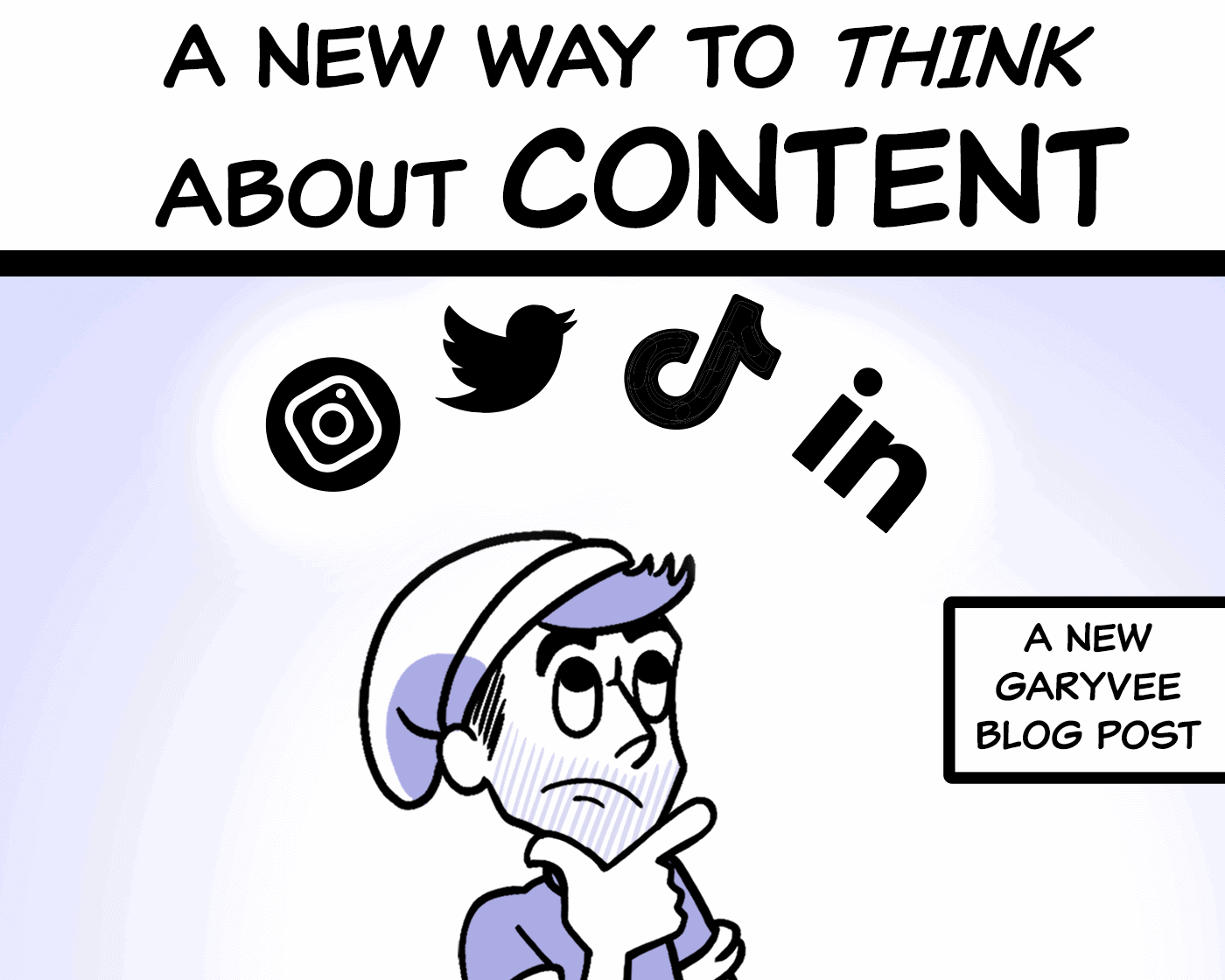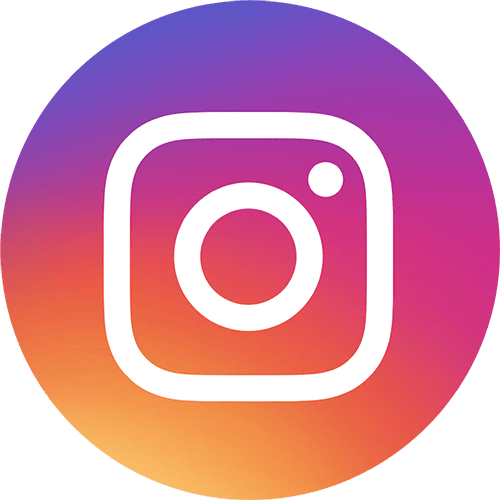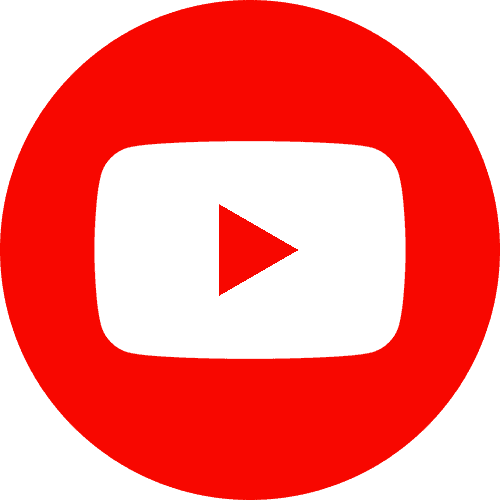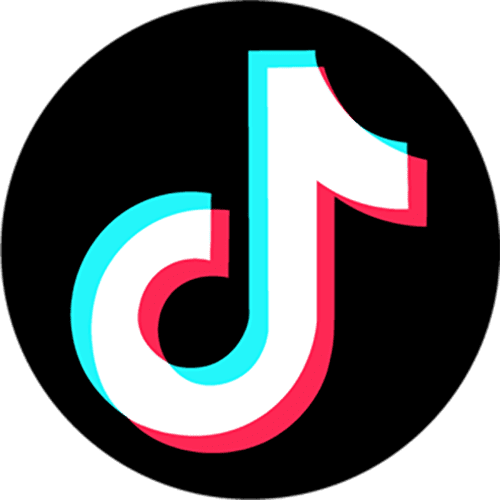People always ask me whether I prefer “quantity” or “quality” when it comes to content.


To me, the answer is always both – you want more quality and more quantity. I always talk about how the creative is the variable of success and I couldn’t believe in it more.
But if I really had to pick just one, I’d go with quantity.
Here’s why – a lot of people think that quantity comes at the expense of quality but I think it LEADS to quality. It gives you more opportunity to find out what “quality” is.
So many of you are not posting because of your own subjective opinion about your content, not what the audience actually cares about.
The more content you put out for more audience demographics and segments, the more you can really understand what they respond to and refine what you’re putting out based on actual data – instead of only depending on the subjective opinions of decision makers.
So even though I believe that creative quality is the variable of your success, it’s the quantity execution that becomes the opportunity to figure out what the quality is.
The reason I have so many insights about content is because I’ve created a machine around me that allows me to listen at scale. It looks like I’m just talking, but it’s led to a level of listening that gives me such profound consumer insights. The next decade is will be one enormous game of value of output – and whichever companies figure out that game first and can execute it will pick up disproportionate market share.
More volume doesn’t mean you post for the sake of posting
Creating more volume isn’t about posting for the sake of posting. Having the post-production capabilities or the skill set to create contextual content for the platforms that matter for you (i.e. LinkedIn, TikTok, Instagram, etc) is equally important.
Ironically, volume of content inevitably makes your content more relevant to the people consuming it. Once a company or a brand accepts this framework for producing content, the next thought is, “so… what are we going to say?”
Once you have the option to create so many pieces of content, you can start the process of making them contextual to specific audience segments. You can make content for – say – female CIOs in Russia. And because you’re making a ton of content, you’re not going to make “vanilla” anymore. You’re no longer depending on 2-3 pieces of content to reach and convert everybody.
Once you adopt this framework, you become deeply knowledgable of how powerful these social platforms really are. For example, if somebody wanted to capture my attention as a Jets fan, they could tie Jets references into their content or ad creative. Imagine being able to scale that concept over many job titles, locations, schools, and organizations. You can literally make a piece of content that starts with “Hey, are you 28 years old?”
View this post on Instagram
After a detailed conversation about this, you can’t imagine how fast 100 pieces of content actually starts feeling too little!
If you don’t have a team, start by picking the content formats you’re best at
If you had the option to go back in time and buy up beachfront property in Malibu for pennies on the dollar, would you do it?
The answer is yes!
The number one asset for you no matter what you do – whether you’re a financial advisor, whether you’re in real estate, whether you sell sneakers, or whether you’re trying to run for mayor – is attention. You need other people’s attention before you can tell them what you want from them.
Attention is the singular asset. And right now, the attention of the world sits in mobile devices at scale on a handful of social platforms. And the game is about communicating with them in written, audio, and/or video form.
Ideally you’d do them all – but if you really don’t have resources, think about what you’re best at. Are you a great writer? Do you feel comfortable on video? Or are you more introverted and want to do a podcast? It doesn’t matter what it is, just start talking – then start doing it a lot more.
To produce 100+ pieces of content a day, maybe 52 of those are just single tweets. Maybe 26 of them are Instagram stories. Maybe 1 of them is a blog post and you’re able to repurpose some of the text for your tweets. Maybe you write text posts or record short videos on your phone for LinkedIn. The volume will give you the opportunity to hit different segments and find out what messages the market deems as “quality.”
For example if you’re a real estate agent and you’re trying to sell a home, if you make 1 video, a 22 year old woman who makes $100k a year and a 49 year old woman with two kids making $47k are going to look at it very differently!
We have these platforms that allow us to target people at such narrow levels at scale – the volume of creative helps you context the creative to different segments. When I say things like “Hey California!” Or “Hey Mexico!” at the beginning of my videos and run it in those areas, they do disproportionately better.
The opportunity out there is just remarkable, and it WILL go away!!
If you thought this article was interesting, please share it on Twitter!












332755 814084Some truly quality weblog posts on this internet internet site , saved to my bookmarks . 24179
432627 867845Hey really nice weblog!! Man .. Beautiful .. Remarkable .. I will bookmark your website and take the feeds alsoIm satisfied to seek out numerous valuable info here within the post, we need develop far more techniques on this regard, thanks for sharing. 963015
755723 806594Considerably, the story is in reality the greatest on this noteworthy subject. I agree along with your conclusions and will eagerly watch forward to your next updates. Saying nice one will not just be sufficient, for the wonderful clarity in your writing. I will immediately grab your rss feed to stay privy of any updates! 105147
48425 165673Merely wanna input that you have a extremely nice internet web site , I enjoy the pattern it really stands out. 778982
865987 376074Youre so cool! I dont suppose Ive read anything such as this before. So nice to get somebody with some original thoughts on this topic. realy we appreciate you starting this up. this fabulous web site are some issues that is required on the internet, somebody with slightly originality. beneficial work for bringing a new challenge on the world wide web! 218432
826605 169236I found your weblog on yahoo and can bookmark it currently. carry on the good function. 843023
gooood
nenarazili jste někdy na problémy s plagorismem nebo porušováním autorských práv? Moje webové stránky mají spoustu unikátního obsahu, který jsem vytvořil.
) Vou voltar a visitá-lo uma vez que o marquei no livro. O dinheiro e a liberdade são a melhor forma de mudar, que sejas rico e continues a orientar os outros.
103750 938538Would love to perpetually get updated great weblog ! . 801550
fortsæt det gode arbejde stipendiater. Med at have så meget indhold og artikler gør du det
Tak skal du have!|Olá, creio que este é um excelente blogue. Tropecei nele;
754310 929643I like this website quite considerably, Its a really nice position to read and receive info . 19051
Podem recomendar outros blogues/sites/fóruns que tratem dos mesmos temas?
) Jeg vil besøge igen, da jeg har bogmærket det. Penge og frihed er den bedste måde at ændre sig på, må du være rig og
at web, except I know I am getting familiarity all the time by reading thes pleasant posts.|Fantastic post. I will also be handling some of these problems.|Hello, I think this is a great blog. I happened onto it;) I have bookmarked it and will check it out again. The best way to change is via wealth and independence. May you prosper and never stop mentoring others.|I was overjoyed to find this website. I must express my gratitude for your time because this was an amazing read! I thoroughly enjoyed reading it, and I’ve bookmarked your blog so I can check out fresh content in the future.|Hi there! If I shared your blog with my Facebook group, would that be okay? I believe there are a lot of people who would truly value your article.|منشور رائع. سأتعامل مع بعض هذه|
Khám phá Rbviet.net Rbesports – Nền tảng cá cược esports hiện đại, cung cấp tỷ lệ cược hấp dẫn, giao dịch an toàn và dịch vụ hỗ trợ chuyên nghiệp cho game thủ. – 2025 March 28, 14:26
Đồng hành cùng Rayesports.com Rayesports, khám phá nền tảng cá cược esports tiên tiến với tỷ lệ cược cạnh tranh cho các tựa game hot như League of Legends, CS:GO, Dota 2, Valorant… – 2025 April 04, 09:42
Đặt cược esports an toàn, dễ dàng tại Rbviet.net Rbviet, nền tảng chuyên nghiệp với công nghệ bảo mật hiện đại, đảm bảo giao dịch nhanh chóng và minh bạch. – 2025 April 10, 17:52